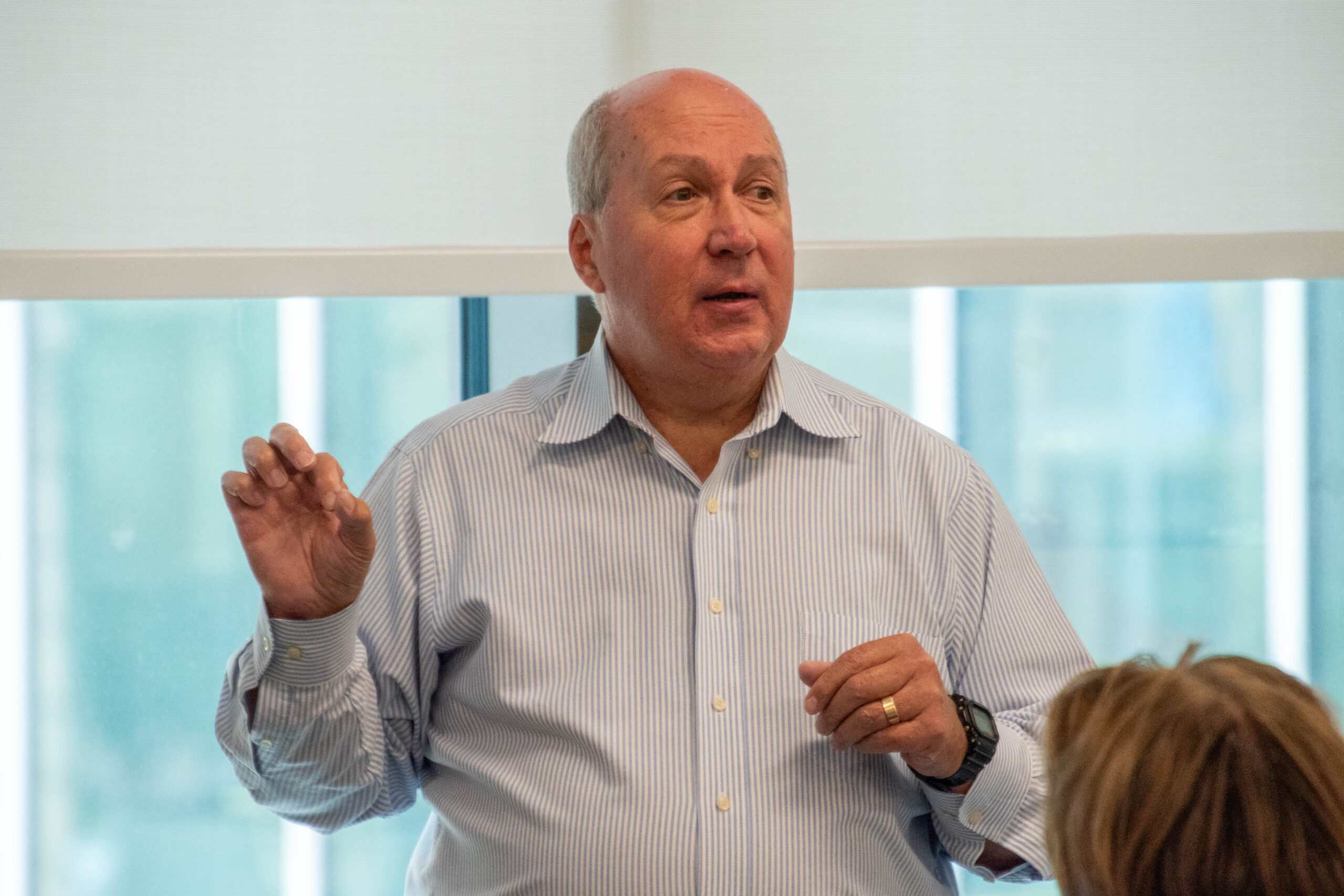Russia and China are pushing the world toward a new nuclear arms race. And it could be even more dangerous, and more difficult to brake, than the Cold War competition that ended three decades ago. That was the unsettling message Pranay Vaddi, senior director for arms control, disarmament and nonproliferation at the National Security Council, delivered in a largely overlooked but important speech June 7 to the Arms Control Association.
World
Opinion | If you liked ‘Dr. Strangelove,’ you’ll find the new arms race thrilling

In the near term, Mr. Vaddi declared, “the prospects for strategic arms control are dim.” Russia has rejected talks, and the last remaining U.S.-Russia treaty limiting strategic nuclear weapons, New START, which caps each side’s warheads on missiles, submarines and heavy bombers, expires in 2026 — possibly, Mr. Vaddi said, “without replacement.” China, for its part, has never had any nuclear arms agreements with the United States and has shown no interest in nuclear arms control. On the contrary, Mr. Vaddi noted that China, which has historically maintained a small stockpile of nukes, is “expanding and diversifying” its nuclear arsenals “at a breakneck pace,” as are Russia and North Korea. In refusing to discuss limits, these three geopolitically aligned adversaries “are forcing the United States and our close allies and partners to prepare for a world where nuclear competition occurs without numerical constraints,” he said.
To understand why this new arms race is dangerous, look back at the last one: The United States and the Soviet Union together amassed more than 60,000 nuclear warheads in a standoff that threatened mutual, possibly global, annihilation. The danger of an accidental launch grows when great powers keep their nuclear weapons on launch-ready alert, as the United States and Russia still do today. Fortunately, arms control treaties and the end of the Cold War reduced both the tensions between the two countries and their respective arsenals. Thus, it was especially significant that Mr. Vaddi said that the shrinkage of those stockpiles over the past 25 years might now be reversed. “Absent a change in the trajectory of adversary arsenals, we may reach a point in the coming years where an increase from the current deployed numbers is required,” he said.
China has more than 500 nuclear warheads and is aiming to accumulate more than 1,000 by 2030, compared with the 1,550 warheads the United States and Russia each currently deploy. A three-way arms race poses complex strategic questions — more complex than those presented by the two-way U.S.-Soviet conflict. Should the United States seek to match the combined strength of Russia and China, or just one of them? How would Moscow and Beijing respond? Mr. Vaddi said the United States would pursue “better” and not necessarily “more” nuclear weaponry. This country does “not need to increase our nuclear forces to match or outnumber the combined total of our competitors to successfully deter them,” he said. That’s good, but no one knows whether that notion would hold up in a future arms race, nor whether Russia and China could or would make similar calculations.
Mr. Vaddi also warned of a “new and dangerous era” because of the efforts of Russia, China, North Korea and Iran to proliferate advanced weapons technologies, including missiles, drones, and chemical and biological weapons. “Unlike our adversaries,” he said, “we will not develop radiation-spewing, nuclear-powered cruise missiles — or nuclear weapons designed to be placed in orbit — which would be a clear violation of the Outer Space Treaty.” He was referring to Russia, which is reportedly developing both.
Ideally, more aggressive U.S. diplomacy might bring China to the table for tripartite arms talks with Russia and the United States. The prospects for that are dim, however, as the United States found when it made a proposal to China on managing strategic risks last year — and Beijing brushed it off. The Cold War arms race began to end when President Ronald Reagan and Soviet leader Mikhail Gorbachev found the political will to reduce the arsenals. Gorbachev was desperate to ease the burden of the arms race on his tottering communist system, and Reagan had long harbored an ambition to abolish nuclear weapons altogether. Presidents Xi Jinping and Vladimir Putin, however, show no such flexibility or pragmatism. If anything, their pursuit of a new arms race reflects a desire for heightened geopolitical struggle.
Mr. Vaddi’s warning is deeply worrisome. It would be far more preferable to reach verifiable, binding treaties to limit nuclear weapons. But diplomacy takes two to tango, or, in this case, three.










